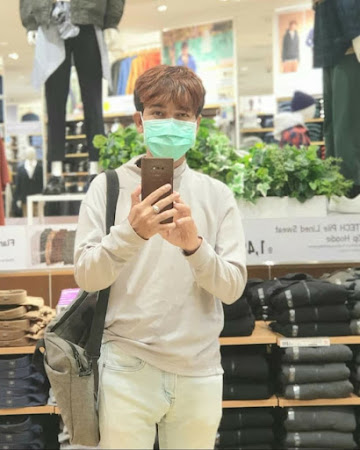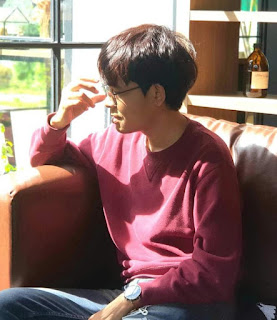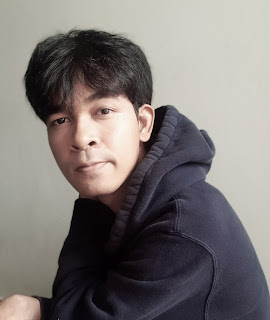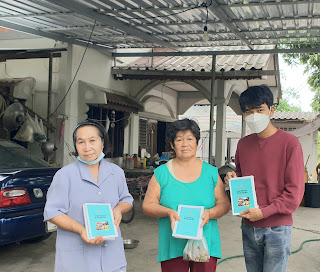Comparatives ในรูปโครงสร้าง as ... as พื้นฐาน

Comparatives 3 แบบพื้นฐาน คือ 1. S + be (is, am, are, was, were) as + adjective + as ... I'm as rich as him. She isn't as nice (to everyone) as she used to be. The weather this summer is not as bad as last year. เราสามารถใช้ adverbs คือ nearly หรือ quite ในรูปปฏิเสธของ not as...as ได้ กลายเป็น not quite/nearly as ... as เช่น Learning English is not quite as easy as learning German. Learning English is not nearly as easy as learning German. เราสามารถใช้ ... as adverb as ... เช่น He didn't drive as fast as he usually does. She speaks English as fluently as she can. 2. S + V + as much + uncount noun + as ... My parents give me as much freedom as they can. He didn't have as much money as I expected. My sister makes as much money as I do. 3. S + V + as many + plural noun + as ... ...







